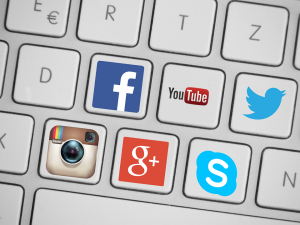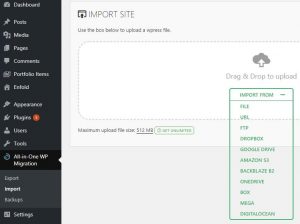Winter Is Coming. And So Is Social Banking. Millennials are just about done being weaned off their parents’ bank accounts. So what are they bringing to the bank? Social.

Today, we are already seeing forms of what is to come next for financial services: social banking. It started with at home banking in the 80’s that sparked the revolution of change. Customers were able to use a phone line to conduct banking services, without requiring them to leave their home. Just a decade later, the introduction of the web gave rise to online banking in the 90’s. This took at home banking one step further by providing customers with a more accessible platform to conduct banking services. Smartphones transformed that step into a leap by providing mobile banking in the 2000’s.
Age of e-Everything
This may sound crazy at first, but considering nine out of ten transactions at the bank are electronic, the reality is that banking has become a dehumanized service. Social banking will be the virtual form of going to your local branch and getting on a first name basis with the clerk.
And yes, banks already offer mobile apps, but those have no human element to them (and I don’t entirely trust robots yet). Meanwhile, other mobile apps are trying to foster peer to peer interactions in the form of mobile payments. Venmo, which I like to describe as the social media of transactions, has nearly eliminated the need to have cash on-hand. There is also your B2B and B2C online applications such as PayPal, and more mobile focused B2C apps like Google Wallet and Apple Pay.
Social First
Blend these three ideas of online banking, mobile banking, and social media and you get social banking, a community of socialites armed with the full arsenal of their banking services. And in an industry where ease and convenience are key differentiators, banks can no longer expect their customers to come to any particular platform to get serviced; they will need to adapt to wherever the customer is and provide seamless banking services.
Twitter and Facebook are already exploring financial transactions on the Internet.Twitter has partnered with Square in the 2016 presidential election to make it possible to donate to a favorite candidate over Twitter. Facebook added a payment option on June 30th in messenger. Furthermore, some banks like IndusInd Bank have already launched full flexed social banking efforts.
I understand that the social channel can be daunting; it is owned by the customer, not the company. Yet, the social channel can provide a massive return and a chance to engage the customer when executed properly. For example, NM Incite (a joint venture of Nielsen and McKinsey) found that social is by far the most cost effective way to conduct customer service at less than $ 1 per interaction compared to $ 6 per phone call and $ 2.50-$ 5 per email.
Social will be an integral part of how both individuals and companies conduct business in the future, and innovation will create opportunity as social moves into a state of maturity. For financial services, social banking represents this opportunity. Social media is here to stay, adapt or die.
Digital & Social Articles on Business 2 Community(57)






